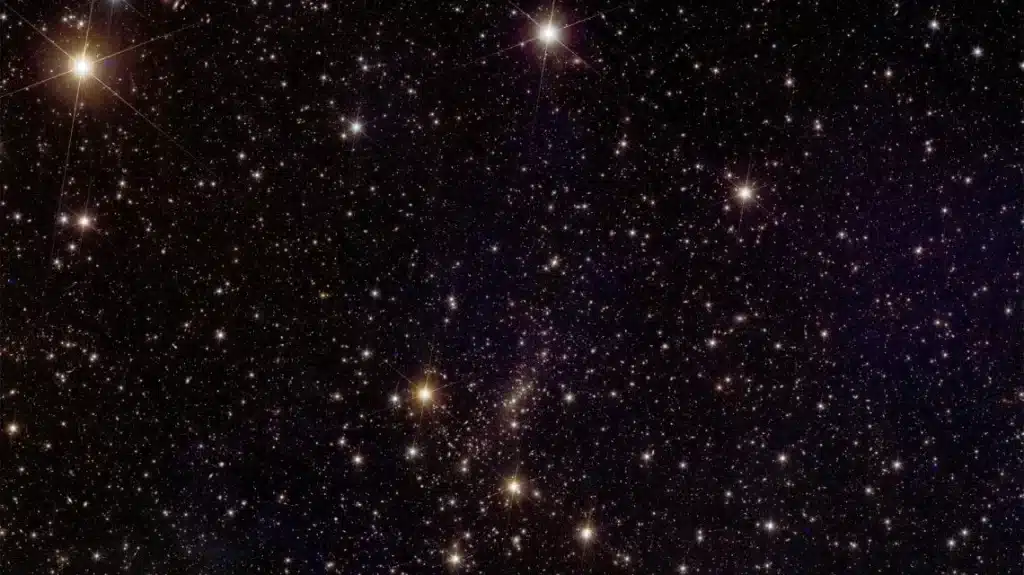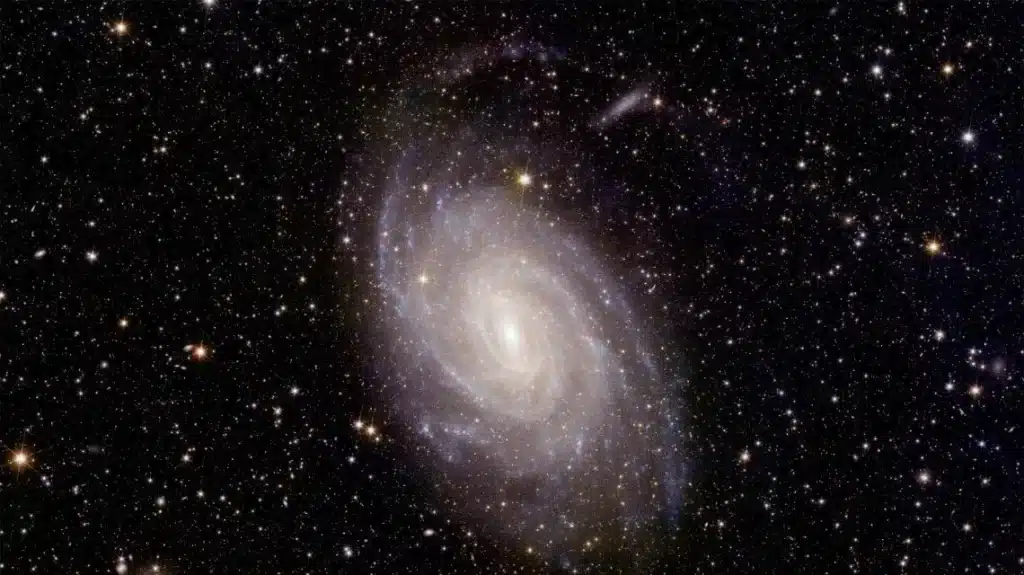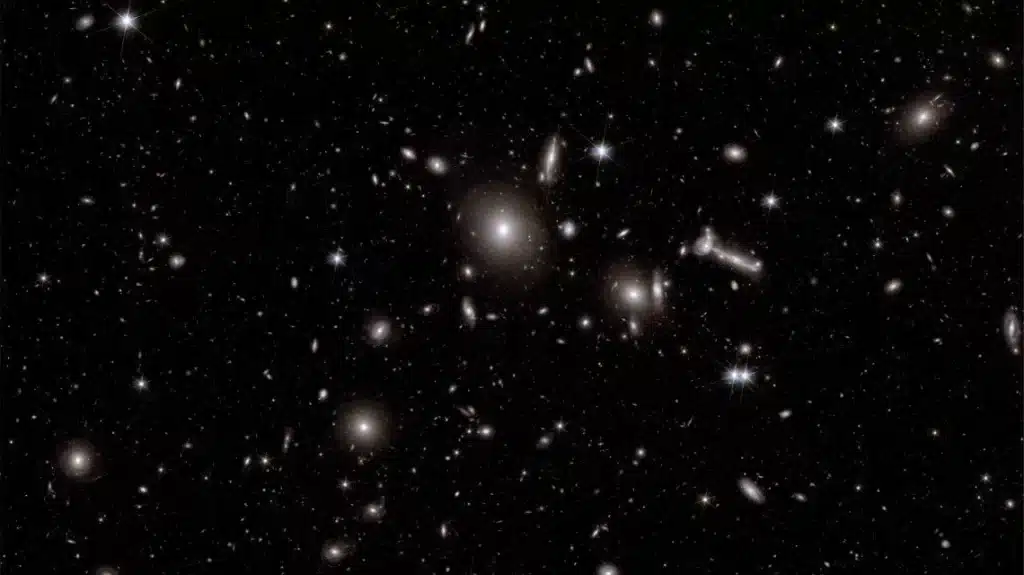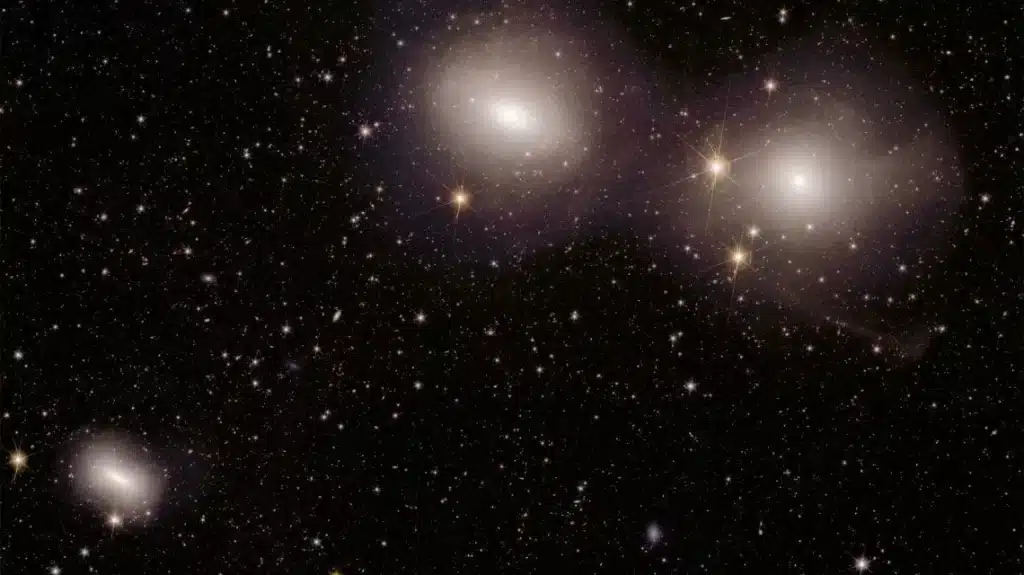The European Space Agency (ESA) recently published the first scientific images captured by the Euclid space telescope, launched in July 2023. These breathtaking photos show star-forming regions and galaxy clusters, ranging from our cosmic neighborhood to billions of light-years away. distance.
Euclid began its mission with images of great aesthetic and scientific impact. The first photos, obtained in just 24 hours observation systems reveal unprecedented details of star-forming regions and vast galactic fields. Euclid is tasked with mapping a third of the sky in six years, creating a three-dimensional map of the universe that will help understand the influence of dark matter and energy on the distribution of galaxies.
Technical Features of Euclid
The power of Euclid lies not only in its ability to observe far away, up to 10 billion light years, but above all in its ability to make wide-field observations. This telescope will capture images of nearly one and a half billion galaxies with one sharpness at least four times higher than ground-based telescopes. His infrared instrument, NISP (Near Infrared Spectrometer and Photometer), allows you to see through cosmic dust and also capture the faint light of otherwise invisible objects, such as wandering planets and forming stars.
Spectacular shots
Messier 78: The Cradle of New Stars
One of the most spectacular images portrays the nebula Messier 78, located in the constellation of Orion. This region, close to the Milky Way, is an area of intense star formation covered by a blanket of interstellar dust. Euclidwith its infrared camera, has revealed hidden details of this nebula, mapping the complex filaments of gas and dust and discovering new stars and planets in formation.
Abell 2390: 50 thousand galaxies in one photo
Another impressive image is that of the galaxy cluster Abell 2390. In this single photo, scientists counted over 50 thousand galaxies. The sharpness of the images will allow us to study the distortion of dark and ordinary matter on the light of the most distant galaxies through the effect of gravitational lensing.

NGC 6744: The Sister of the Milky Way
The galaxy NGC 6744, similar to ours Milky Way, is located about 31 million light years from us. Euclid captured detailed images of his arms spiral and gas distribution, contributing to understanding the role of gases in star formation.

Abell 2764: A Cluster of Galaxies
The cluster Abell 2764located approximately 4 billioni of light years, is composed of hundreds of galaxies immersed in a vast halo of dark matter. Euclid he photographed thousands of galaxies back to remote times in the life of the universe, demonstrating his ability to observe with a wide field.

The Dorado Group of Galaxies
Finally, the image of group of Dorado galaxies, located approximately 30 million Of years light, shows dozens of galaxies interacting and merging, generating tails of stars. This image demonstrates the versatility of Euclidcapturing a wide range of galaxies, from the very bright to the very faint.

The first images of Euclid they mark a step significant in understanding the universe. With its ability to observe large regions of the sky in great detail, Euclid promises to reveal new ones secrets on evolution and distribution of galaxies under the influence of dark matter and energy.
#Euclid #cradles #newborn #stars #cascades #galaxies
